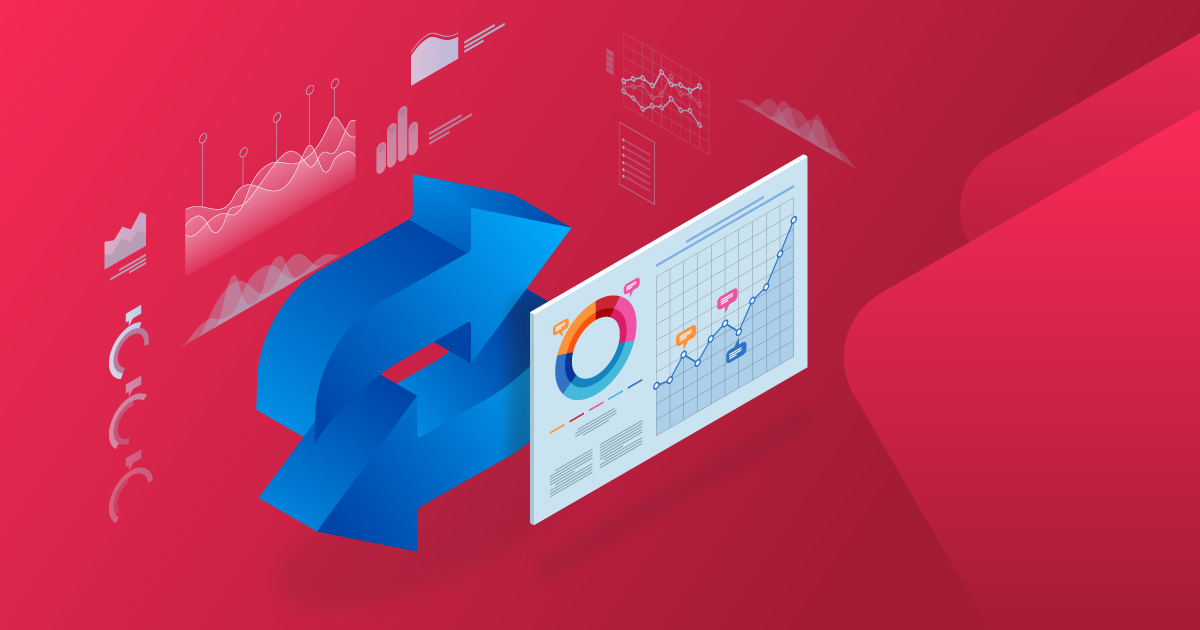
April 2, 2022
Why Retailers Need a Merchant Portal

Over the past decade, smartphones have been one of the biggest evolutions as they have become an extension of the human body. It is our main tool for communicating, researching, calculating, and even lighting our ways in the dark. More recently, smartphones have become our payment tools as well – or have they?
Although mobile payments are used by more than two billion people globally, with millions more coming online each year1 , mobile payment technologies are still not being utilized to their full potential. According to the State of the Mobile Money Industry in Africa, only 21% of Sub-Saharan Africa's ecosystem transaction values were made to merchants, while 69% of digital transaction services still heavily rely on cash-in/cash-out transactions.2
Person-to-business transactions should be the backbone of the mobile money infrastructure, and yet, they continue to be neglected despite being the most common and recurrent type of payments. This can be broken down into two fundamental issues:
- There is a lack of incentive for both wallet users and businesses (e.g., corporates and retailers) to use mobile money as a form of payment. Payment Service Providers (PSPs) are focusing on growing their client list instead of realizing the full potential of each client.
- A key hindrance to the adoption of mobile money by the retail market is that large merchants with multiple stores have trouble managing several wallets. Businesses are looking for tools to ease the way they do business; they are looking to consolidate their big data in one place so that it can transform from raw to actionable data.
The platform addresses these two fundamental challenges by providing retailers with full authority to register their company, as well as manage, organize, and track their wallets to enable mobile payments across all their points of contact – whether remote or in-store. Hence, managing several wallets is no longer a worry, and it comes with a plus too: reduced fees imposed by card operators or the hassles of cash management.
But... we are not offending cards, or cash. The platform also integrates with merchants’ point-of-sale systems to retrieve all payment types and unify them in one database. This allows retailers to take a deeper dive into merchants’ operations with the ability to observe automatically processed data for each transaction, in real-time.
As for the most valuable attribute of the platform? Data-driven insights with detailed information retrieved from sales, that track relevant trends such as seasonal trends, sales traffic, frequency of returning customers, average spending and more valuable data that can finally make a retailer truly customer-centric.
The retailer now has new forecasting and strategic decision-making markers that could change the business; they can increase brand loyalty, shape sales operations, and offer personalized offers, deals and even product promotions. So yes, retailers certainly need a merchant portal, because if data is king, the platform is the gateway that businesses have been trying to unlock for a long, long time.



